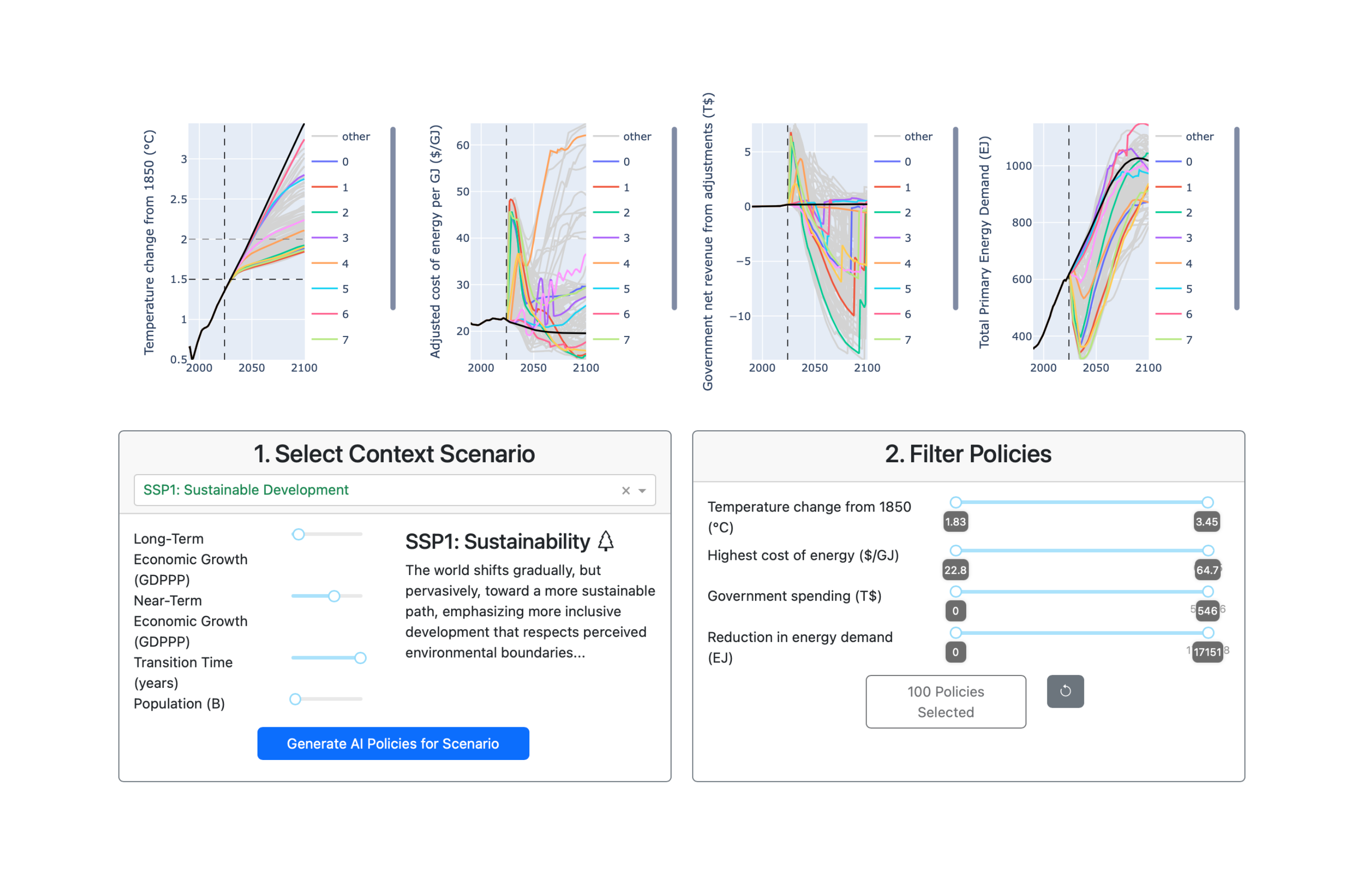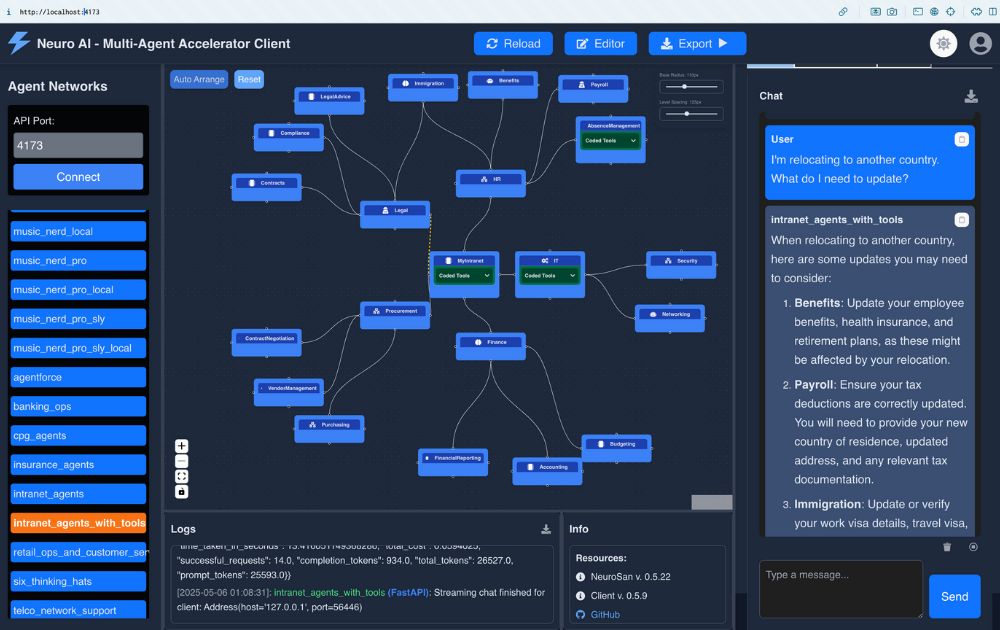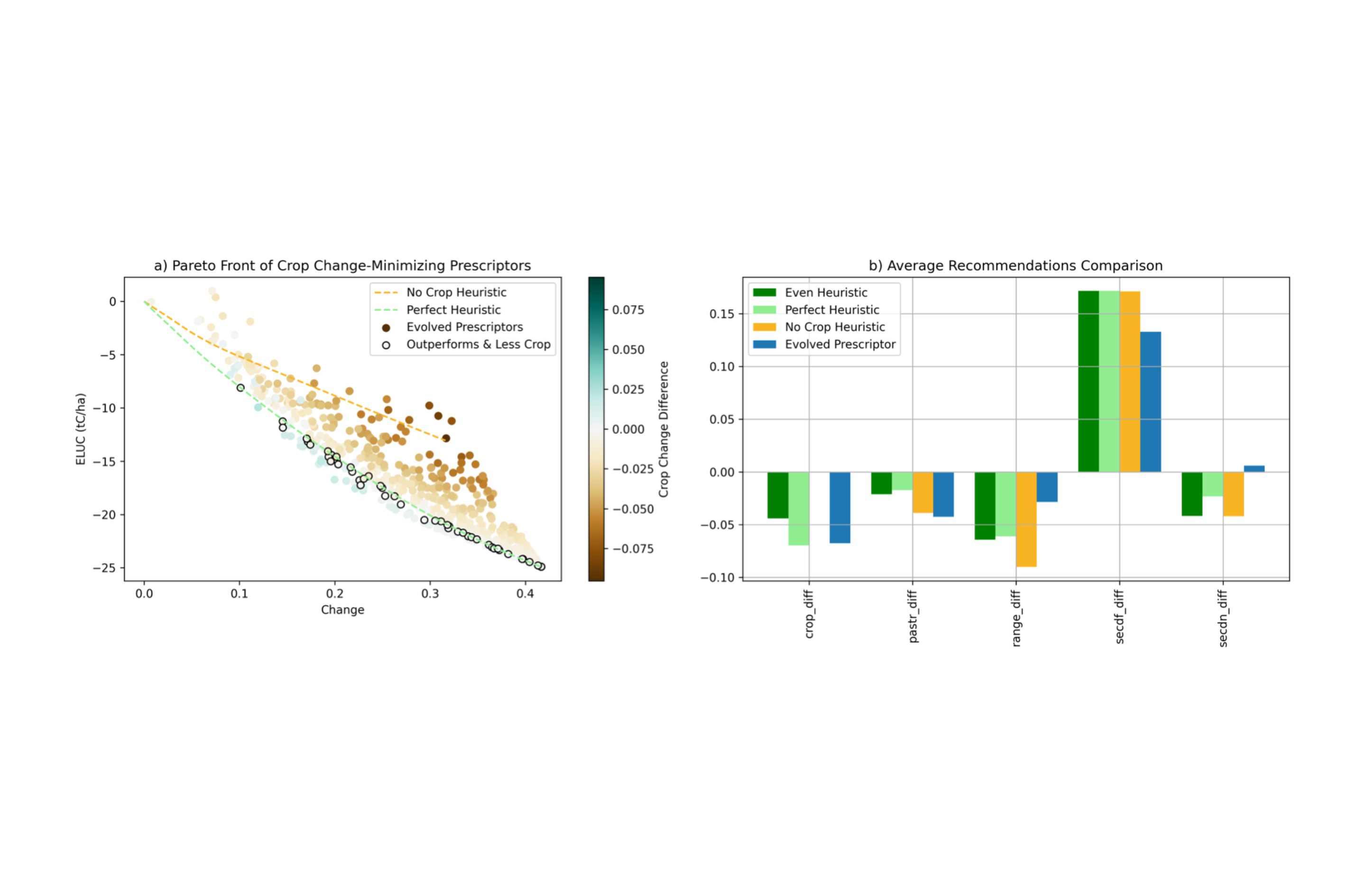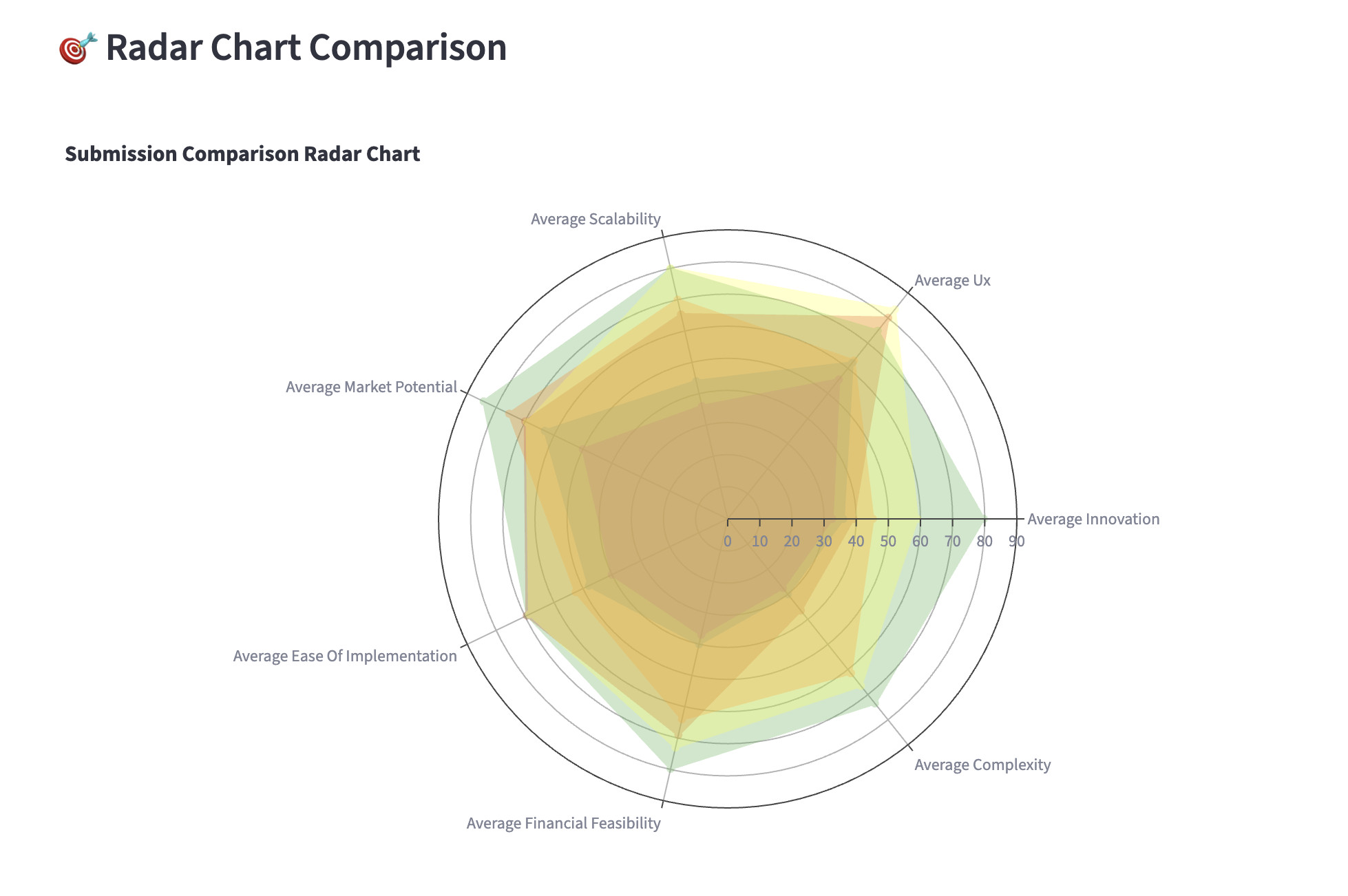February 14, 2025
How Neuroevolution Reveals the Origins of Neural Circuit Design
Exploring how evolutionary pressures shape neural circuit design and how neuroevolution reveals the principles behind biological and artificial intelligence
For millions of years, biological neural circuits have evolved under survival pressures, adapting to environmental complexity and biological constraints. Unlike artificial neural networks, which are designed with fixed architectures and trained on labeled data, biological neural circuits emerge through a gradual process of adaptation. Their structure is not engineered but shaped by trade-offs between efficiency, connectivity, and robustness. This raises a fundamental question: Why do biological neural circuits take the forms they do?
Traditional AI methods, such as deep learning, can model neural activity and behavior, but they do not explain why certain neural structures evolved in the first place. Neuroevolution — a method that optimizes neural networks through evolutionary processes — offers a way to explore these questions. By simulating the evolutionary pressures that shape neural circuits, it allows us to investigate how different structures arise, what constraints guide their development, and how intelligence adapts over time.
A recent review article in Science examines decades of research on neuroevolution and its role in neuroscience through multiple lenses, exploring how evolutionary pressures influence neural circuit organization, the constraints that guide intelligence, and the interplay between evolution and learning. The article also considers how these principles extend to behavior and the possible evolutionary origins of language.
This blog focuses on two key aspects of neuroevolution from the review:
- How evolution shapes the structure of neural circuits, leading to modularity, efficiency, and specialized control mechanisms.
- How evolution and learning work together, with evolution shaping architectures that are primed for efficient learning.
These two areas illustrate how evolutionary algorithms help researchers uncover the principles underlying biological intelligence and offer new perspectives on both neuroscience and artificial intelligence.
The challenge: understanding why neural circuits evolve the way they do
Biological neural circuits are not designed from scratch — they emerge through gradual adaptations that balance multiple constraints, such as energy efficiency, wiring cost, and functional robustness. While traditional machine learning methods, such as deep learning and reinforcement learning, can optimize neural networks for specific tasks, they do not capture the evolutionary pressures that shape intelligence over time.
This raises fundamental questions in neuroscience:
- Why do modular structures emerge in biological neural circuits instead of fully interconnected networks?
- Why do certain control mechanisms, such as command neurons, appear across species?
- How does evolution shape neural architectures to facilitate learning?
To answer these questions, we need an approach that does not assume a pre-optimized design but instead allows neural circuits to evolve naturally under realistic constraints. Neuroevolution provides a way to explore these principles by simulating the evolutionary forces that guide the development of neural structures. By modeling how networks evolve under selection pressures, researchers can investigate why intelligence is structured the way it is — not just how it functions.
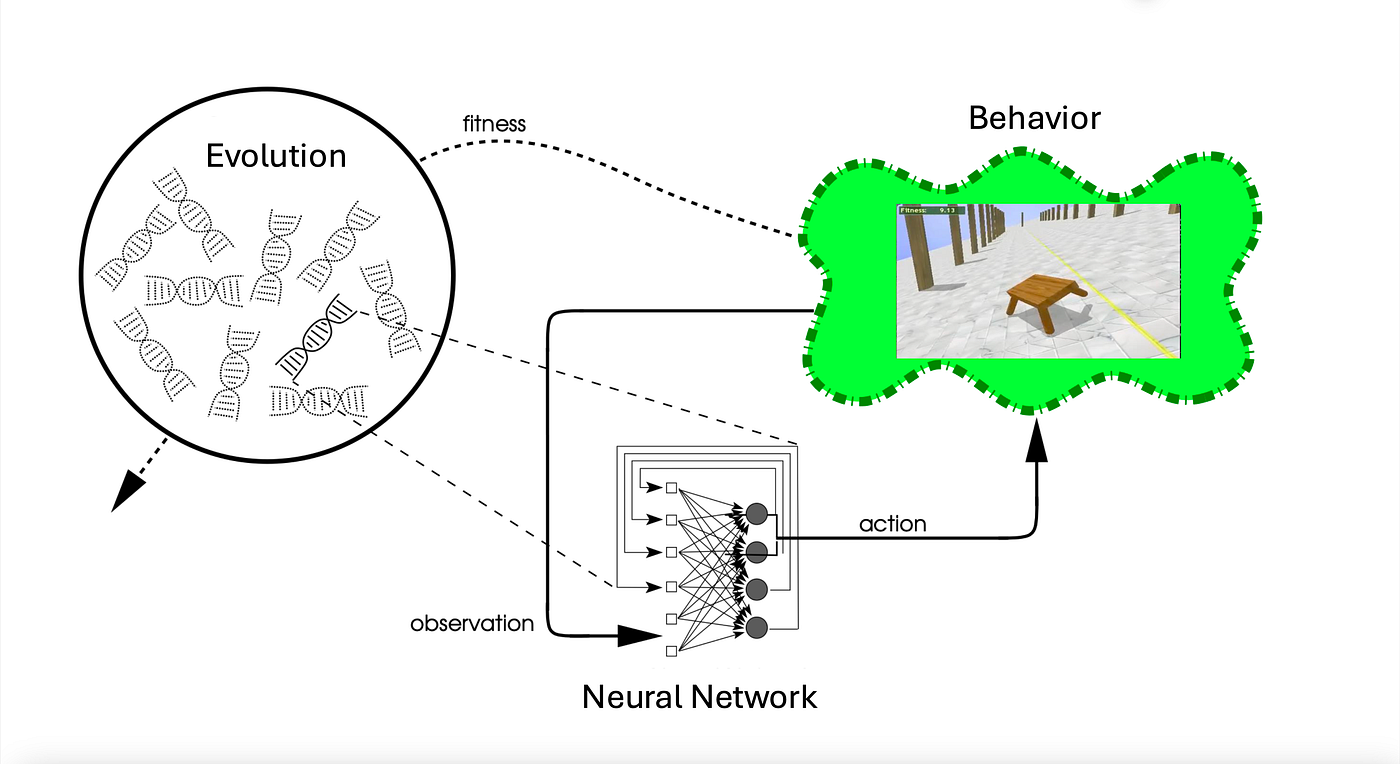
Figure 1. A general framework for neuroevolution. Neuroevolution optimizes neural networks through iterative selection, mutation, and recombination, mimicking biological evolution to develop efficient network designs without gradient-based learning.
How evolution shapes neural circuit structure
Biological neural circuits must balance competing demands — efficiency, adaptability, and robustness — all while operating within physical and metabolic constraints. Neuroevolution provides a way to study how these trade-offs shape circuit architecture, revealing common design patterns that emerge under evolutionary pressure.
One of the most well-documented patterns observed in neuroevolution is modularity — where networks evolve into functionally distinct subunits rather than remaining fully connected. Studies have shown that when networks evolve under constraints such as wiring length minimization, modular architectures frequently emerge. This mirrors biological brains, where separate regions process sensory input, control movement, and manage decision-making. Modularity not only reduces wiring costs but also increases adaptability, allowing for faster learning and greater resilience to damage.
Another feature that frequently emerges in evolved neural circuits is specialized control mechanisms, such as command neurons that regulate behavior switching. Neuroevolution experiments have shown that when networks evolve in dynamic environments requiring flexible decision-making, dedicated neurons often emerge to control transitions between behavioral states. This aligns with biological observations — command neurons have been identified in species from insects to mammals, suggesting that they offer a significant evolutionary advantage in coordinating complex behaviors.
Just as biological brains evolve to meet real-world demands, evolved artificial networks reveal the underlying principles that shape neural computation. By modeling the emergence of these structures in artificial systems, neuroevolution helps researchers understand not just how neural circuits function, but why they take on specific forms in response to evolutionary constraints. These insights could inform the development of more efficient and adaptable artificial intelligence models inspired by biological brains.
The synergy between evolution and learning
While evolution structures neural circuits across generations, learning allows individuals to adapt within their lifetime. These two processes, though distinct, are deeply interconnected. Evolution does not just shape neural circuits for specific tasks — it also optimizes them for efficient learning.
One of the key findings in neuroevolution is that networks that evolve under real-world constraints tend to develop architectures that support rapid adaptation. Instead of encoding fixed behaviors, these networks evolve structural properties — such as modularity, recurrent connections, and specialized pathways — that allow for flexible learning. This suggests that biological brains evolved not just to perform tasks but to learn efficiently from experience.
In addition to shaping network structure, evolution can also influence the mechanisms of learning itself. Researchers have used neuroevolution to optimize synaptic plasticity rules, allowing networks to evolve their own learning strategies. Remarkably, the resulting mechanisms often resemble biological processes like reinforcement learning and predictive coding, suggesting that these learning strategies may be fundamental to adaptive intelligence.
These findings highlight the deep relationship between evolution and learning: evolution provides the blueprint, while learning refines and extends capabilities. Understanding this synergy is crucial for both neuroscience and AI, offering a path toward developing artificial intelligence systems that are not just task-specific but capable of continual adaptation.
Looking Forward
Neuroevolution provides a powerful lens for neuroscience. These insights not only deepen our understanding of biological intelligence but also offer new directions for artificial intelligence research, inspiring more flexible and adaptable computational models.
Beyond neural circuit structure and learning, neuroevolution research continues to explore how biological constraints shape intelligence, how behavior emerges through evolution, and whether language could evolve through similar processes. These open questions represent the next frontier in understanding both natural and artificial cognition.
By leveraging evolution as a design principle, researchers can move beyond static AI models toward systems that evolve, adapt, and improve — mirroring the very processes that gave rise to intelligence itself.
To explore the full synthesis of neuroevolution in neuroscience, read the complete review in Science.
Risto Miikkulainen is VP of AI Research at Cognizant AI Lab and a Professor of Computer Science at the University of Texas at Austin.
